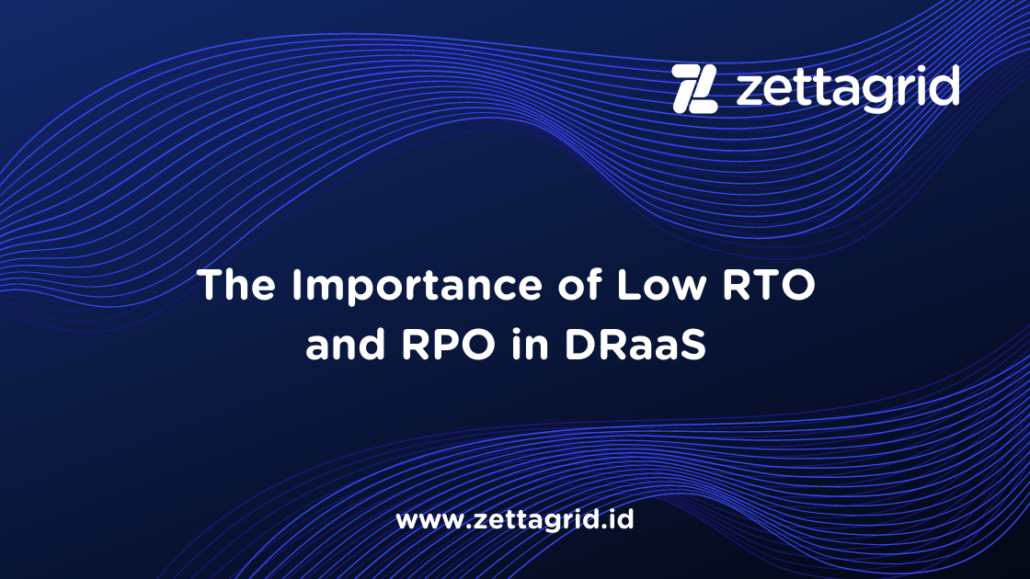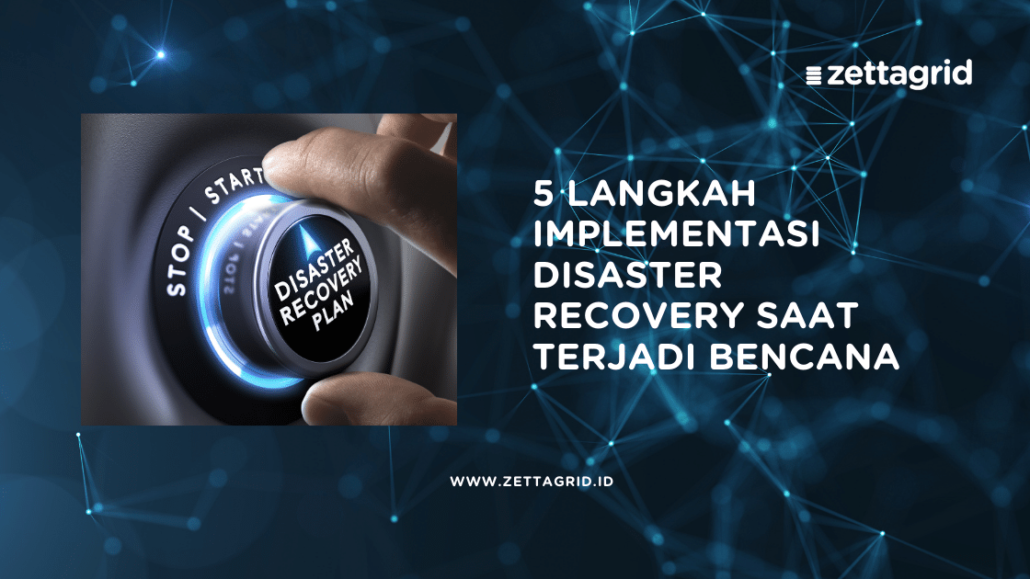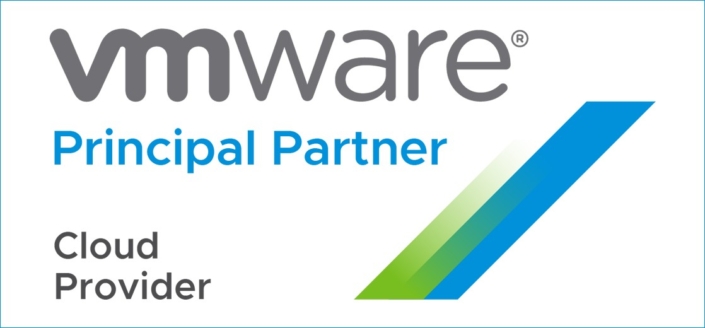The Importance of Low RTO and RPO in DRaaS
 The Importance of Low RTO and RPO in Disaster Recovery as a Service (DRaaS)
The Importance of Low RTO and RPO in Disaster Recovery as a Service (DRaaS)
If you have read our article about RTO and RPO, you might have known by now why it is important to have a minimum RTO and/or RPO. But if you don’t, here’s a recap on RTO and RPO:
RTO is defined as the time duration and service level within which a business process must be restored after a disruptive event to avoid a catastrophic failure of the business. Meanwhile, RPO is defined as the time interval that might pass during a disruption before the quantity of data lost exceeds the maximum allowable tolerance or threshold.
With that in mind, you can see that RTO and RPO will vary between business organizations. Each business has their own requirement that will dictate their RTO/RPO numbers. But here we would like to discuss why it is important to achieve low RTO/RPO. Not only that, In an online workshop “Zettagrid eCloudTalk vol. 05: Exclusive Disaster Recovery Q&A on Zettagrid”, Wayne Heath as a Pre-Sales Architect of Zettagrid Australia explained that low RPO and RTO is very much achievable and affordable for business anywhere with DRaaS offering from Zettagrid.
So let us begin with the importance of low RTO/RPO for business:
- Minimal to almost 0 data loss
As you might’ve expected, low RPO means fewer data loss. So if your business relies heavily on data, you will want to go for the lowest RPO possible. That being said, sometimes it is not always feasible to aim for zero data loss, budget limiting. But with the advent of DRaaS (Disaster Recovery as a Service), that is now possible. So when shopping for a DRaaS solution, try to find a service that has the lowest RPO possible.
- Avoid loss to revenue
So with data loss being taken care of with low RPO, now you must aim to restore your system as soon as possible. Every minute that goes by while your business is down waiting for the IT system to recover is a loss in revenue. That means low RTO equals less revenue loss. Getting a system, software, hardware, and restoring all those components will take days. Back in the old days, the only thing to achieve low RTO is to have a backup data center running somewhere, getting ready to take over when the primary data center is down. The cost of that can be exorbitant. However, by using a DRaaS solution with low RTO, the recovery will take significantly less time than it spends on the recovery data center with the fraction cost of having a backup data center. Therefore, enterprises can get a lower cost and minimize financial loss from downtime.
- Minimize interruption of critical processes and safeguard business operations
Each company definitely has critical processes that are always active and vital for business continuity. Although the disaster occurs, businesses still have to maintain the process. Therefore, DRaaS with low RTO is needed to preserve the process and minimize the interruptions when disaster happens. Hence, business operations can still run even in emergency time.
- Preserve business reputation
Customer trust is the number one aspect in running a business. Even with the disaster strikes, that trust has to be maintained at all costs. That’s why aiming for low RTO is important. Low RTO means there is minimum or no perceivable disruption of business operation to your customer. So trust can be maintained and the business can avoid a bad reputation.
If you want to find out more about this session you can watch the online talk show again on our Youtube account here. And if you are interested in our Disaster Recovery as a Service solution to support your business continuity, you can contact us at sales@zettagrid.id or click here. SecondSite Service by Zettagrid can help your business achieve the lowest RTO and RPO in the industry without breaking the bank.



